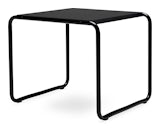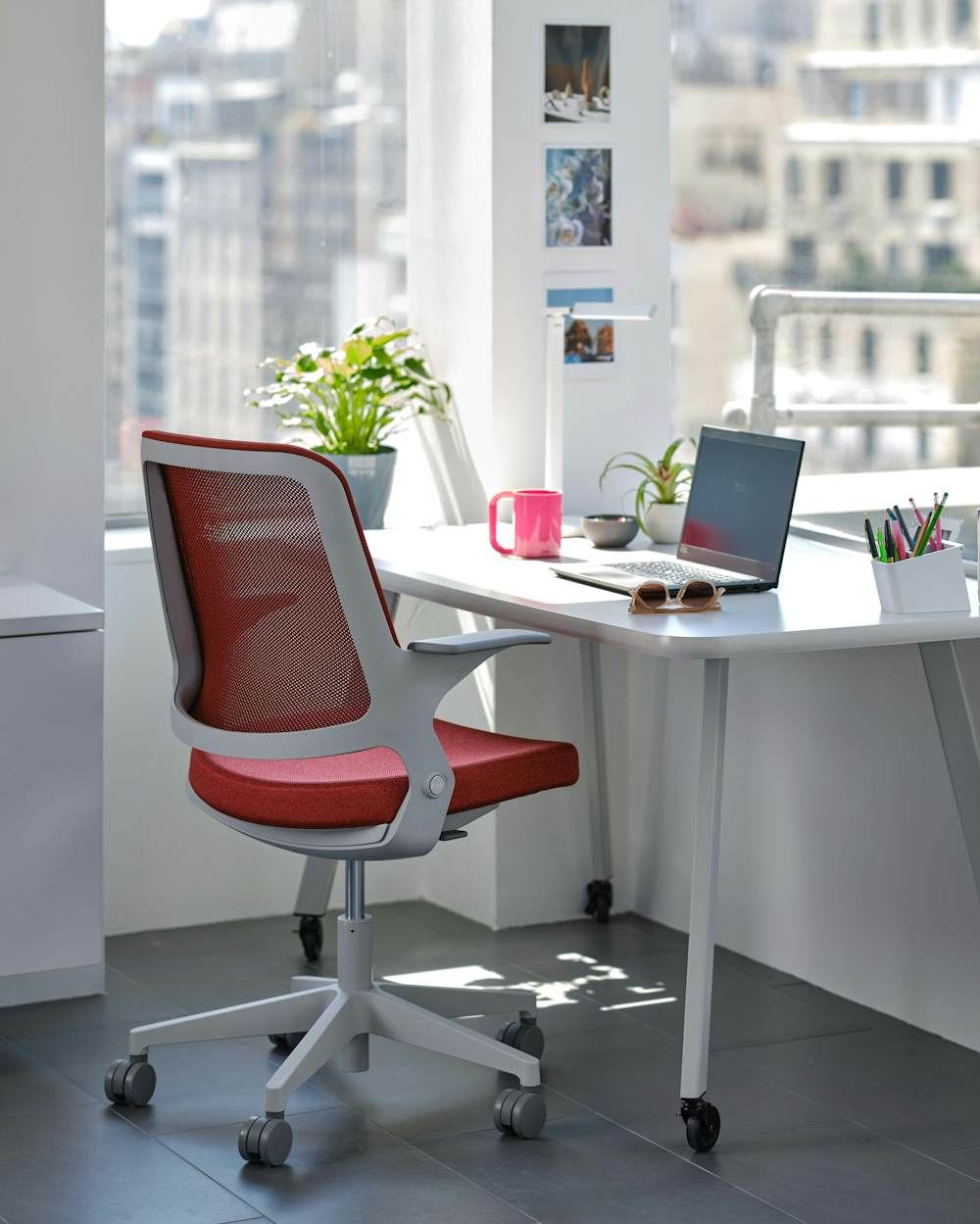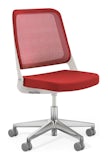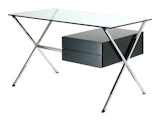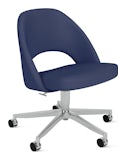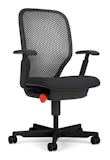Home Office
Create an inspiring place to work and learn with furniture that lives at the intersection of material, craft, and innovation.
Home Office Furniture
Creating an efficient and comfortable home office is essential for productivity and well-being. At Knoll, we understand the importance of good, human-centered ergonomic design. Our Home Office Furniture category offers a range of products designed to enhance your workspace, ensuring you remain comfortable and productive throughout your workday. Explore our selection of ergonomic office chairs, desks and tables, home office storage solutions, and essential accessories to build your perfect home office.
Types of Home Office Furniture
Ergonomic Home Office Chairs: Knoll's collection of office chairs is designed with your comfort and health in mind, made to support your posture, reduce strain, and adapt to your movements. Consider the Generation Chair by Knoll, a flexible task chair that encourages natural movement. Or try the Newson Task Chair, which combines modern aesthetics with advanced ergonomic features.
Home Office Desks & Tables: A spacious home office desk is essential for establishing a functional workspace. Knoll offers various desks and tables that cater to different work styles and preferences, including standing desks and office tables. Standing desks are increasingly popular for their purported wellness benefits. Knoll's standing desks are designed to be easily adjustable, allowing you to switch positions throughout the day with ease.
Home Office Storage & Accessories: Efficient storage solutions are crucial for maintaining an organized and clutter-free workspace at home – especially in a multipurpose space. Knoll's storage options, including filing cabinets, credenzas, and desk organizers, blend seamlessly are sleek and well-designed, ideal for a streamlined contemporary home office. The right accessories can enhance the functionality of your home office. Knoll offers a range of accessories to complete your workspace, including monitor arms, which enable you to adjust your monitor to the perfect height and angle, allowing you to work comfortably for extended periods. For long work hours, shop sleek, adjustable desk lamps – proper lighting is essential for reducing eye strain and maintaining focus.
Tips for Assembling an Ergonomic Home Office
1. Select a Supportive Chair Choose an ergonomic chair that supports your back and encourages good posture. Check dimensions carefully or make sure you can adjust the height so your feet rest flat on the floor and your knees are at a 90-degree angle. For added comfort, seek office chairs with breathable mesh backs and tilt support.2. Pair it with the Perfect Desk If you have a large home office space or if you work with a lot of physical materials, consider a large home office desk that allows you to spread out. If you have space constraints, shop desks with built-in storage features to cut down on clutter. Make sure to choose a desk at a height that allows your forearms to rest parallel to the floor when typing – or consider a standing desk for a more dynamic working surface.
3. Consider Monitor Placement To reduce strain, place your monitor at eye level, about an arm's length away from you while you’re seated. If you’d like a more fine-tunable working position, use an adjustable monitor arm.
4. Invest in Good Lighting Natural lighting is wonderful, but it isn’t always welcome in a home office space, as it can introduce glare, create harsh shadows, or obscure your face in virtual meetings. Ensure your workspace is well lit with a combination of natural and artificial lighting. For utmost functionality, opt for desk lamps with additional features like adjustable arms and pivoting lampshades.
5. Don’t Forget Organization Keep your workspace clutter-free with adequate storage solutions. Use filing cabinets for paper documents and cabinets or other shelving units for heftier supplies, like books and printers and other office appliances. If your desk doesn’t have built-in storage components – or if you feel you need more than what is provided – shop desk organizers.



